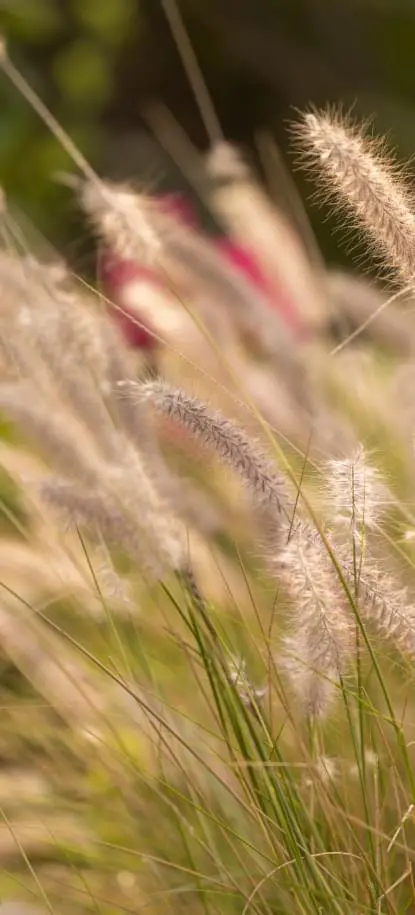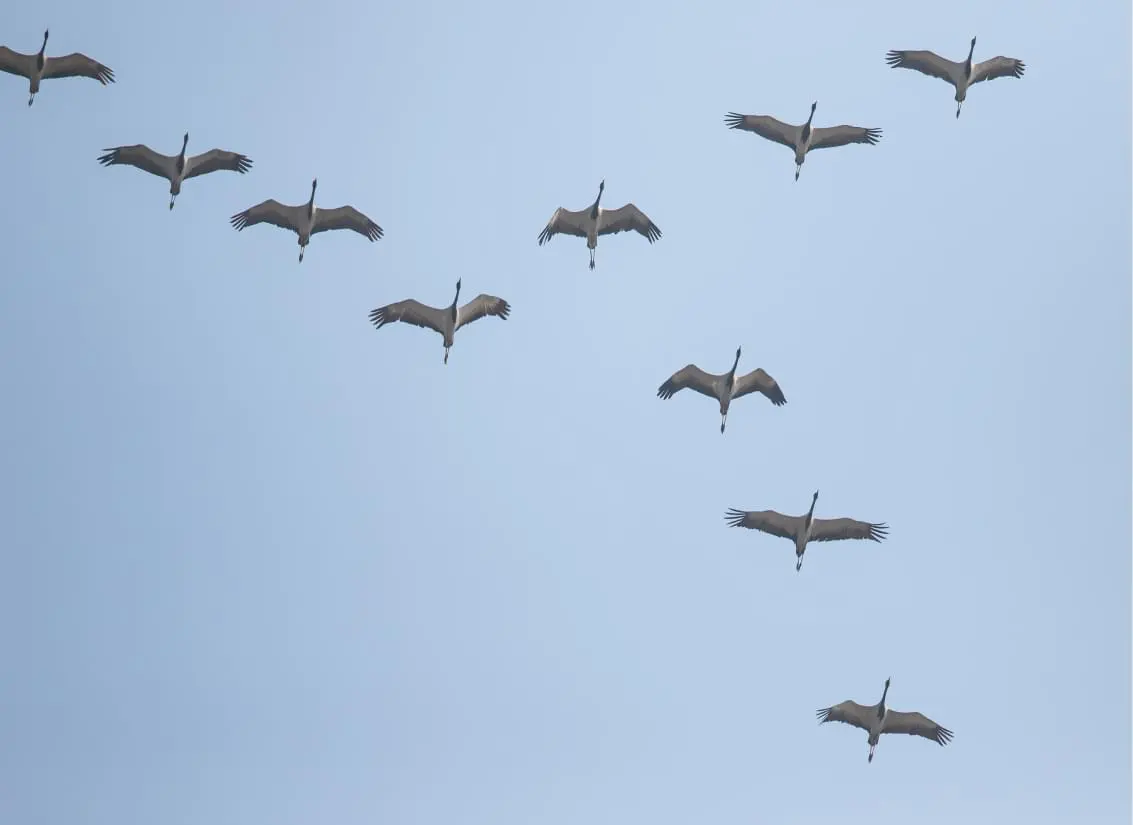




Quick Links:



Rich land-based flora biodiversity can be found at King Abdullah University of Science and Technology (KAUST).
From parks, gardens, lakes and golf courses to halophytes, sabkha and both sandy and gravel plains, there are a wide variety of habitats catering to the unique needs of varied species.
Indeed, across the ecosystem are at least 26 plant species native to this area of the Arabian Peninsula, on top of a variety of exotic plants obtained from nurseries within and outside of Saudi Arabia. In total, more than 150 species of plant can be found across the KAUST estate.
These include a range of grasses and sedges such as Chloris virgata, Panicum turgidum and Cyperus conglomeratus, several species of tree including acacias and mangroves, and two types of fungi. KAUST is also rich in herbs and shrubs, with more than 20 varieties to be found.
These include Aerva javanica (a type of desert cotton), Calotropis procera (flowering plant) and Leucophylum frutescens (also know as Texas sage, an evergreen shrub). Combined, our collection of flora covers a surface area of more than 1.2 million square meters, 70% of the plant species across the site being drought resistant.

Both resident and migratory birds constitute the majority of fauna found on site. However, other animal species such as desert hedgehogs, fruit bats, lizards and geckos, as well as invertebrates such beetle, butterfly, moth, spider, dragonfly and grasshopper have also been recorded across the various parts of the KAUST site.
More details can be found in the baseline survey, conducted in 2018.

As scientists, we know just how critical plants are to our very existence. As well as providing the oxygen we need to breathe and essential nutrition to keep our diets healthy, they create beautiful and inspiring environments that enrich our daily lives.
This is why we have specially selected more than 150 species of plant species, both native to the region and from around the world, to enhance our campus. Nurturing a rich tapestry of plant life at KAUST is challenging. It requires near constant maintenance and a carefully conceived program to minimize environmental waste and harm. This is why 70% of the plants you encounter here are drought resistant able to stand up to the harsh Arabian climate.
That said, we have imported many species from around the world. For example, we have specially assigned trees from Tunisia, Norway, India and the Dominican Republic, among other nations.

In total, KAUST is home to 15,000 trees which derive from 70 different species spread across 25 families.
The biggest family is Fabaceae, of which there are 21 species to be found across our estate.
They include the striking red Delonix regia, commonly know as the ‘flame tree’ and native to Madagascar.
We also nurture seven species of Moraceae, including the deep green Ficus macrocarpa, known as the ‘Indian laurel’ and native to China. The vast majority of our tree species (61 out of 70) are drought tolerant. Alongside our rich variety of trees, KAUST hosts 16 species of palms, all from the Arecaceae family.
Notoriously drought resistant plants, these are ideal additions to our ecosystem and include specific varieties such as Bismarckia nobilis, Phoenix dactylifera and Cocos plumosa.

In terms of smaller plants, we also look after around 70 species of shrub, ground covering plants and succulents. Between them, they cover some 320,000 square meters and provide important sanctuary to land-based wildlife. Specific species include the Gardenia jasminoides, a plant native to Southeast Asia and known for its beautiful white flowers. We have also imported the ‘copperleaf’ Acalypha wilkesiana plant from the Pacific island of Vanuatu, as well as the ground covering ‘moses in the cradle’ from the south of Mexico. As with our trees and palms, the majority of shrub, ground cover and succulent plants species (53 out of 69) are drought tolerant, making them naturally suited to the Arabian climate. For more information on KAUST’s plant biodiversity, download our comprehensive guide here.